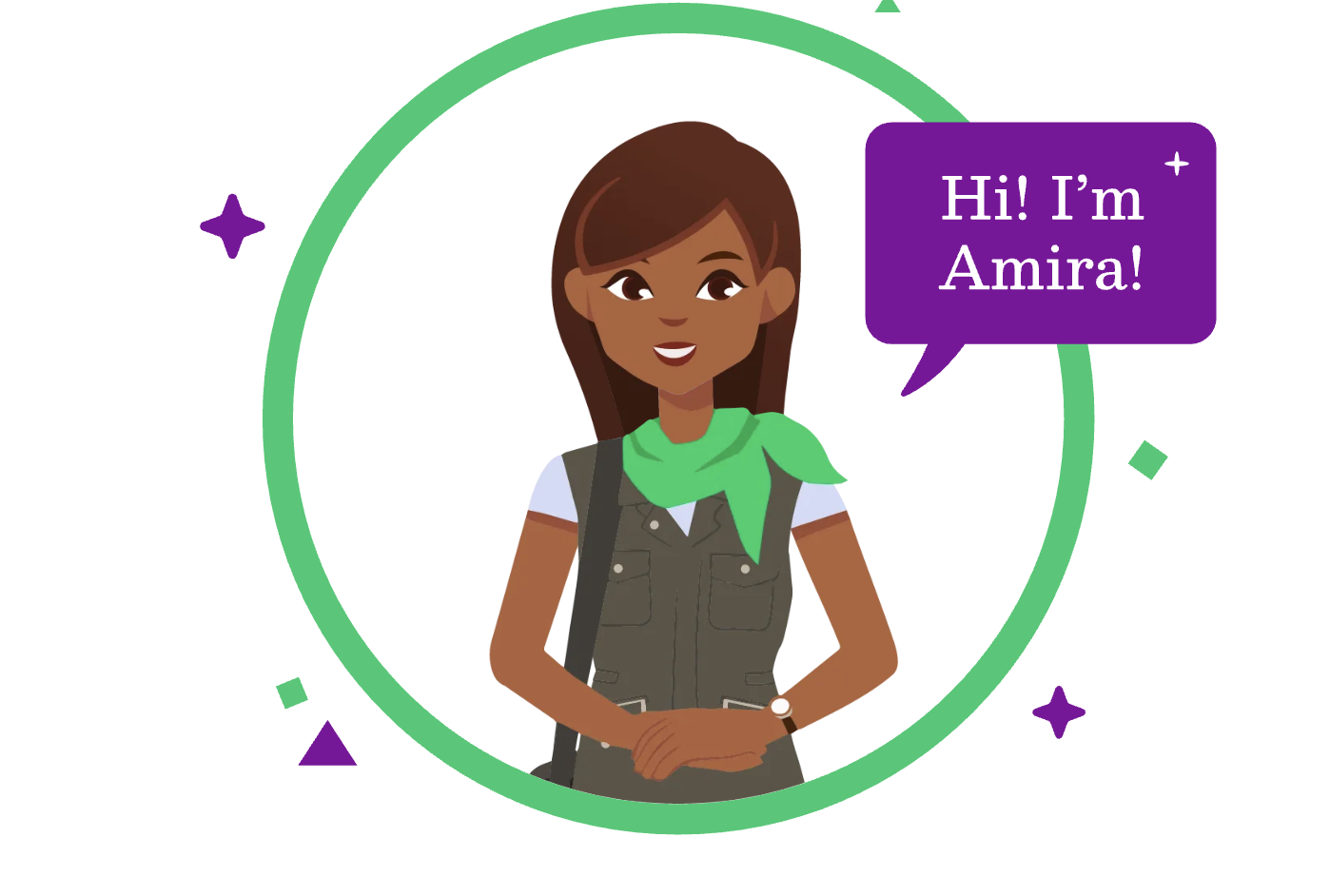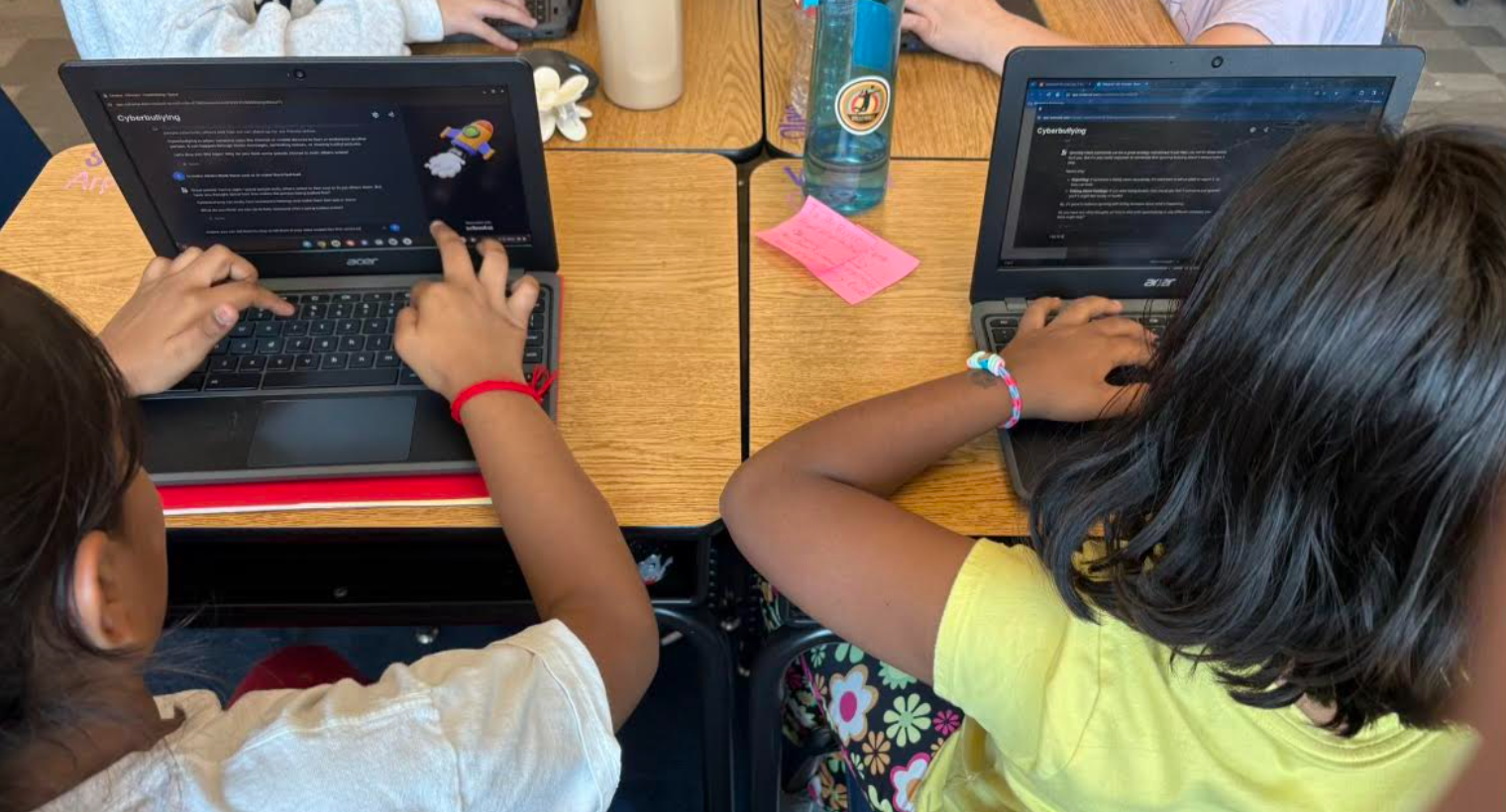Amira Learning: Teaching With The AI-Powered Reading Tool
Amira Learning is a research-backed AI reading tutor that incorporates the science of reading into its features.

Amira Learning is an AI-powered suite of reading assistance tools that can act as a personalized tutor for new readers. Amira’s capabilities include a feature that lets it listen to students read aloud and recognize the reading strengths and weaknesses of each student. The tool can also provide in-the-moment suggestions to students, acting as an AI-powered tutor, and also serves as a reading instruction assistant for teachers, helping generate lesson plans and more.
All these services integrate the science of reading best practices. Amira can also adhere to each district’s chosen reading curriculum.
Here’s a quick look at everything you need to know about Amira Learning.
What Is Amira Learning?
Amira Learning’s system is built upon research led by Jack Mostow, a professor at Carnegie Mellon who helped pioneer AI literacy education. Amira uses Claude AI to power its AI features, but these features are different than many other AI tools on the market. Instead of focusing on chat and generative response, Amira’s key feature is its advanced speech recognition and natural language processing capabilities, which allow the app to “hear” when a student is struggling and tailor suggestions to that student’s particular mistakes.
Though it’s not meant to replace a teacher, Amira provides real-time feedback and also helps teachers pinpoint where a student is struggling. For these reasons, Amira Learning is a favorite of education scientists and advocates for science of reading-based literacy instruction. The tool currently is used by more than 4 million students worldwide and across the U.S.
What Does The Research Say About Amira?

In one study by Columbia University, Amira's reading tutor demonstrated the ability to match human tutoring outcomes after just 30 sessions. Carnegie Mellon University researchers found that Amira’s read-out-loud tutoring approach significantly improved vocabulary in students.
These are just a few of many studies touting the benefits of the Amira app. The company notes that other studies have shown Amira outperforming human tutors at scale.
Tools and ideas to transform education. Sign up below.
Amira is also constantly improving as AI continues to evolve. Amira is working with Digital Promise on a nearly $10 million grant-funded study to boost AI’s ability to recognize children’s speech overall, particularly children who speak English as a second language
How Much Does Amira Cost?
Amira is available through district-wide licensing, with flexible options specific to meet the scale and needs of each implementation.
Amira Learning Tips and Tricks
Check With Other Districts That Have Used Amira
Amira is used by schools in all 50 states, so if the tool is new to you, reach out to a district that has used it nearby and to their results. Utah has published a report on Amira’s efficacy in schools in the state, and in 2023 and 2014, the published data demonstrates that students who use Amira made significant gains.
Share Data With Students and Parents
A tool such as Amira is only effective if students use it. Reminding students and their parents that students who read with Amira outperform those who don’t can help encourage them to take advantage of the benefits Amira offers.
Read Aloud With Amira
One of the aspects that makes Amira unique is its ability to listen to students as they read. This feature is one of the best examples of AI edtech around, say some researchers.
Let Amira Help You As a Teacher
Using Amira as an AI assistant that can help coach students and identify areas they need to improve on can help make a literacy class more effective.
Erik Ofgang is a Tech & Learning contributor. A journalist, author and educator, his work has appeared in The New York Times, the Washington Post, the Smithsonian, The Atlantic, and Associated Press. He currently teaches at Western Connecticut State University’s MFA program. While a staff writer at Connecticut Magazine he won a Society of Professional Journalism Award for his education reporting. He is interested in how humans learn and how technology can make that more effective.

